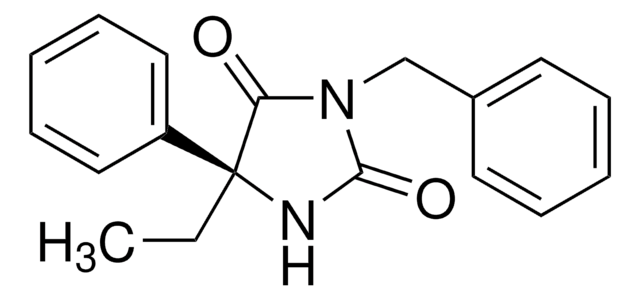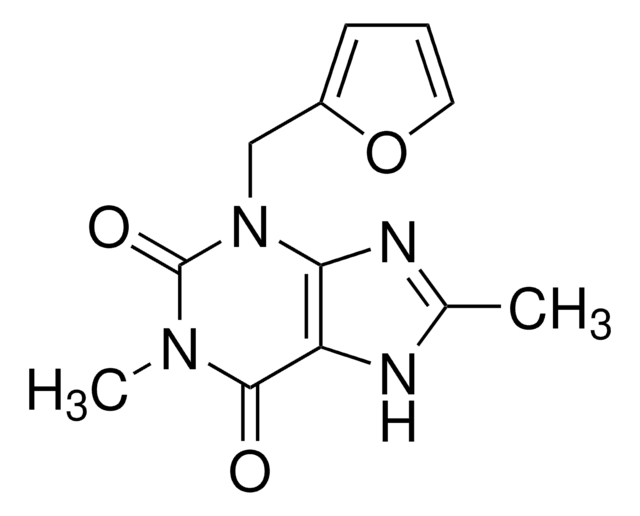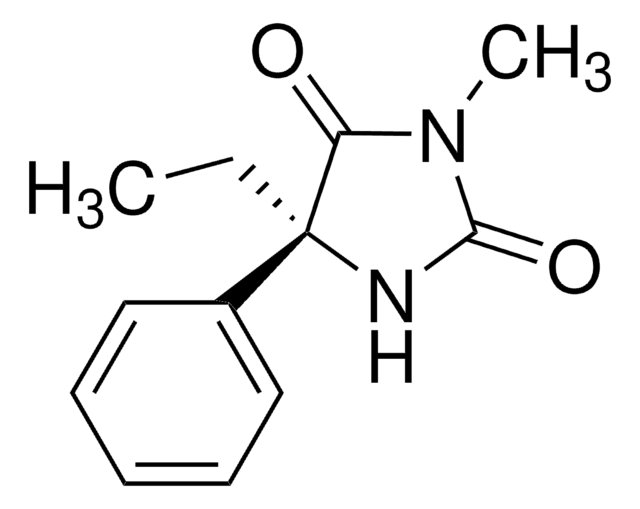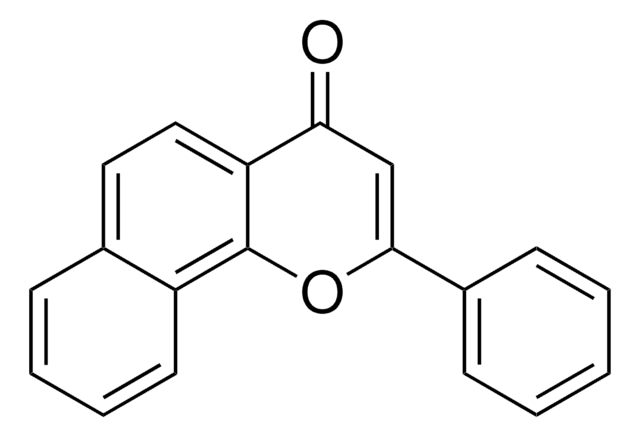C8772
Cholera filtrate
lyophilized powder, bacterial sialidase receptor-destroying enzyme (RDE)
Sinónimos:
Cholera Filter
Iniciar sesiónpara Ver la Fijación de precios por contrato y de la organización
About This Item
Código UNSPSC:
12352200
NACRES:
NA.77
Productos recomendados
Nombre del producto
Cholera filtrate, lyophilized powder
Formulario
lyophilized powder
Nivel de calidad
temp. de almacenamiento
2-8°C
Descripción general
Cholera filtrate promotes the activation of adenylate cyclase. It does not affect the activity of cyclic adenosine monophosphate (cAMP) phosphodiesterase.
Aplicación
Cholerafiltrate has been used as a receptor destroying enzyme (RDE): inhemagglutination inhibition assay of serum samples, in microneutralizationassay of mice serum samples, in hemagglutination inhibition assay to removenon-specific inhibitors from the cell culture supernatant samples
Acciones bioquímicas o fisiológicas
Cholera filtrate is a bacterial sialidase receptor-destroying enzyme (RDE) and may be used as crude neuraminidase. It may also be used in serological testing for influenza.
Reconstitución
After reconstituting with 5ml sterile water, it will contain 0.01% MIT as preservative.
Otras notas
See a separate listing of neuraminidase for preparations showing higher activity.
Cláusula de descargo de responsabilidad
For research use only. Not for use in diagnostic procedures.
Palabra de señalización
Warning
Frases de peligro
Consejos de prudencia
Clasificaciones de peligro
Skin Sens. 1
Código de clase de almacenamiento
13 - Non Combustible Solids
Clase de riesgo para el agua (WGK)
WGK 3
Punto de inflamabilidad (°F)
Not applicable
Punto de inflamabilidad (°C)
Not applicable
Elija entre una de las versiones más recientes:
¿Ya tiene este producto?
Encuentre la documentación para los productos que ha comprado recientemente en la Biblioteca de documentos.
Los clientes también vieron
Nehemya Friedman et al.
Oncotarget, 8(20), 32856-32863 (2017-04-19)
The last influenza pandemic, caused by the swine A(H1N1)pdm09 influenza virus, began in North America at 2009. Since then, the World Health Organization (WHO) recommended integration of the swine-based virus A/California/07/2009 strain in yearly vaccinations. Yet, infections with A(H1N1)pdm09 have
WHO Tech Rep. Serv.
WHO Expert Committee on Influenza, 64 (1953)
Alexandria J Hammond et al.
PLoS pathogens, 17(4), e1009158-e1009158 (2021-04-06)
Binding of Streptococcus pneumoniae (Spn) to nasal mucus leads to entrapment and clearance via mucociliary activity during colonization. To identify Spn factors allowing for evasion of mucus binding, we used a solid-phase adherence assay with immobilized mucus of human and
Vy Tran et al.
Viruses, 7(10), 5319-5327 (2015-10-17)
Reporter viruses are useful probes for studying multiple stages of the viral life cycle. Here we describe an expanded toolbox of fluorescent and bioluminescent influenza A reporter viruses. The enhanced utility of these tools enabled kinetic studies of viral attachment
Nuestro equipo de científicos tiene experiencia en todas las áreas de investigación: Ciencias de la vida, Ciencia de los materiales, Síntesis química, Cromatografía, Analítica y muchas otras.
Póngase en contacto con el Servicio técnico











